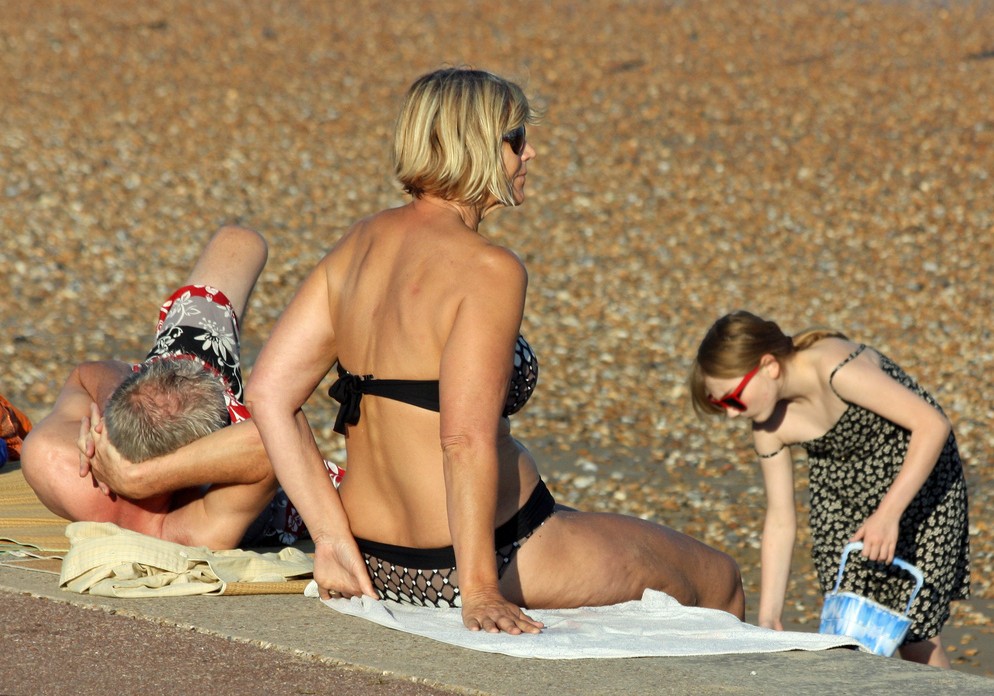
What Is Cellulite?
You'll know cellulite as skin with a dimpled or pitted appearance. Though it is more common in women, cellulite can affect both sexes and it usually appears after puberty. Cellulite tends to be most visible on the buttocks and thighs, and it can be mild, moderate or severe. What causes this pest? Hormones, genetic factors, a bad diet, a sedentary lifestyle and even the wrong choice of underwear can all contribute to the development of cellulite. What you really want to know if you have it is — can you get rid of cellulite?
- Important notification about information and brand names used in this slideshow!
- Photo courtesy of Gareth Williams by Flickr : www.flickr.com/photos/gareth1953/6295717735/
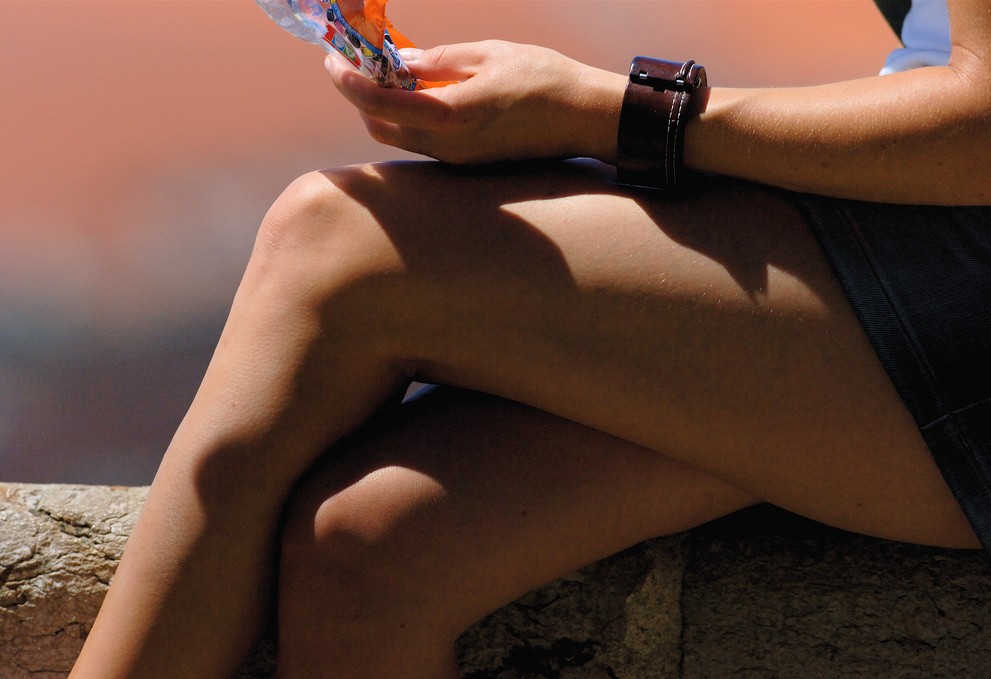
Three Stages Of Cellulite
Did you know that cellulite comes in three different stages? 1. Grade 1 cellulite is not visible to the naked eye. A microscopic examination of the cells in the affected area will reveal changes, however. 2. If you have Grade 2 cellulite, the affected skin will have a lower temperature, will be pasty, and show signs of a decrease in the skin's elasticity. Besides that, the same stages you'll see in Grade 1 will be visible under a microscope. 3. Grade 3 cellulite is most serious. People who have it will have rough, pitted skin as well as everything you see in the first two stages.
- Important notification about information and brand names used in this slideshow!
- Photo courtesy of Pedro Ribeiro Simões by Flickr : www.flickr.com/photos/pedrosimoes7/66140976/
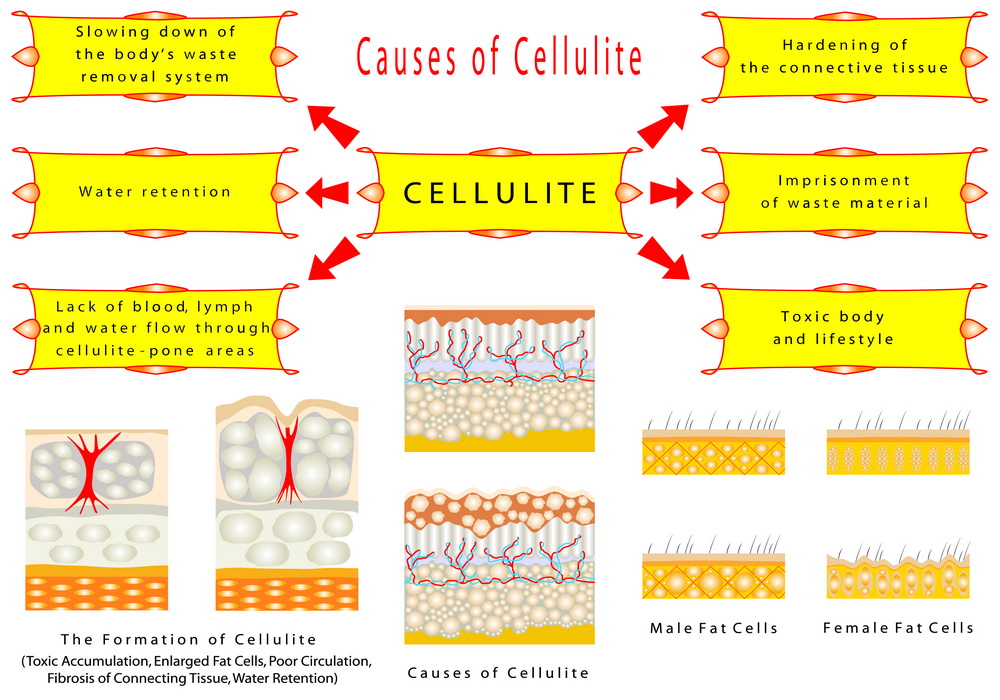
Causes Overview
What causes cellulite? You may or may not be surprised that hormones play a large role in the development of this skin nemesis. Estrogen, prolactin, insulin, nonadrenaline, and thyroid hormones are suspected to be particularly important. Still, you'll not develop cellulite unless you are genetically predisposed to it. If your diet is full of carbs, fat and salt, but low on fiber, you could be at risk. Smoking and not exercising also encourages cellulite to appear, and even wearing tight synthetic underwear can contribute to its development.
- Important notification about information and brand names used in this slideshow!
- Photo by shutterstock.com

Genetics
You can't develop cellulite unless you have specific genes that require it — so if you are struggling with those unsightly pits, you can blame it on your ancestors! Before you think there is any one "cellulite gene", it's important to realize that these genes are associated with things that are, in turn, linked to cellulite. We're talking about things like circulatory insufficiency, a slow metabolism, the way in which fat under your skin is distributed and even your race and gender. Thankfully, a genetic predisposition to cellulite doesn't mean you have to be stuck with it forever.
- Important notification about information and brand names used in this slideshow!
- Photo courtesy of David J Laporte by Flickr : www.flickr.com/photos/footloosiety/2425861179/
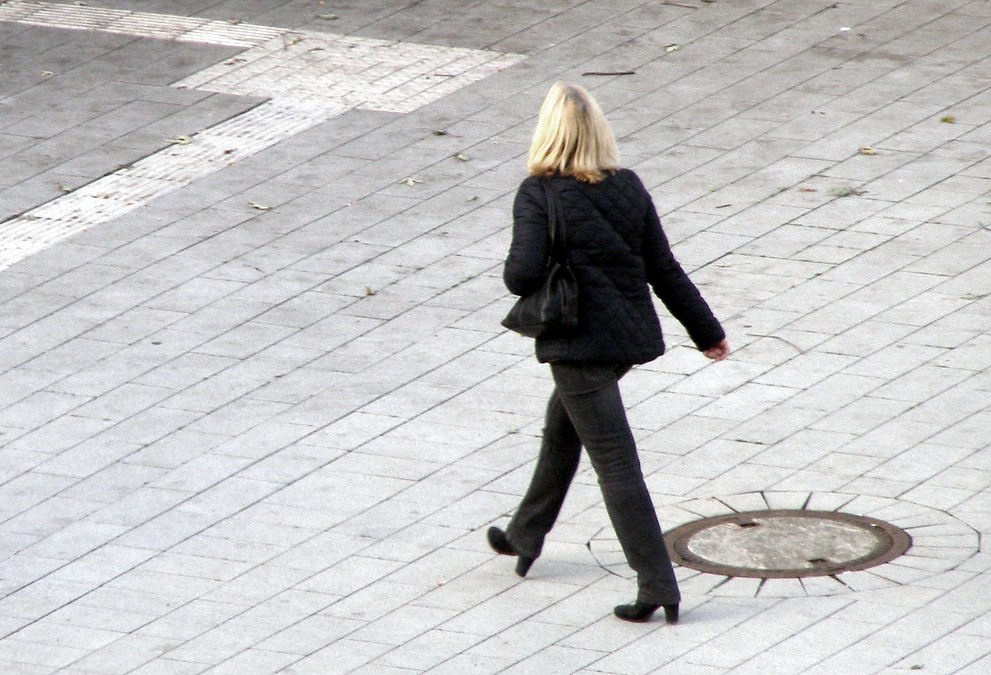
Hormones
While it is clear that hormones play a very important role in the formation of cellulite, there is no definite evidence as to which hormones cause it. Yet, many people claim that estrogen can trigger cellulite or make it worse — because more women than men are affected. Thyroid hormones, insulin, nonadrenaline and prolactin are also said to be involved in the cellulite production process. While it will be interesting to see what future studies show regarding the role of hormones in cellulite formation, current theories aren't much help to people who would like to rid themselves of their cellulite.
- Important notification about information and brand names used in this slideshow!
- Photo courtesy of Erich Ferdinand by Flickr : www.flickr.com/photos/erix/10849249306/
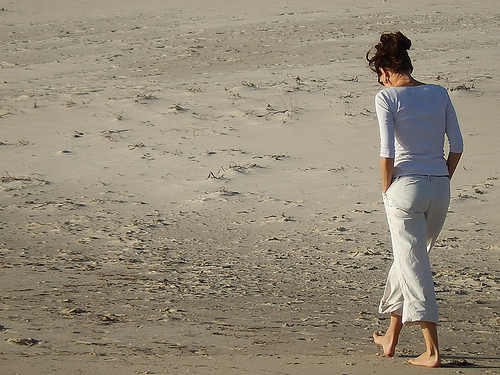
Slow Metabolism
A slow metabolism is one of the factors that is associated with the development of cellulite. Besides having cellulite, what are the other signs that you could have a slow metabolism? If you gain weight easily but lose it with great difficulty — even if you exercise plenty — you could have a slow metabolism. You might also be storing fat in new places, suffer from sugar cravings, and have dry skin, especially on your heels. People who recognize these symptoms may benefit from seeing their doctor to figure out what is really going on with their body.
- Important notification about information and brand names used in this slideshow!
- Photo courtesy of Michael Coghlan by Flickr: www.flickr.com/photos/mikecogh/10099856744/
- Michael Coghlan

Poor Diet
A poor diet can be responsible for all kinds of unpleasant things — nutritional deficiencies, weight gain, and feeling sluggish, among other things. It can also cause cellulite. People who'd rather not get (more) cellulite benefit from a diet lower in fats and carbs, while consuming more fiber. Too much salt is also bad for the look of your butt and thighs, besides causing kidney problems and higher blood pressure. Of course, a healthy and balanced diet alone is never quite enough. Everyone should engage in regular physical activity to optimize their health, and this is something that also fights cellulite.
- Important notification about information and brand names used in this slideshow!
- Photo courtesy of niXerKG by Flickr : www.flickr.com/photos/kgnixer/7325221298/
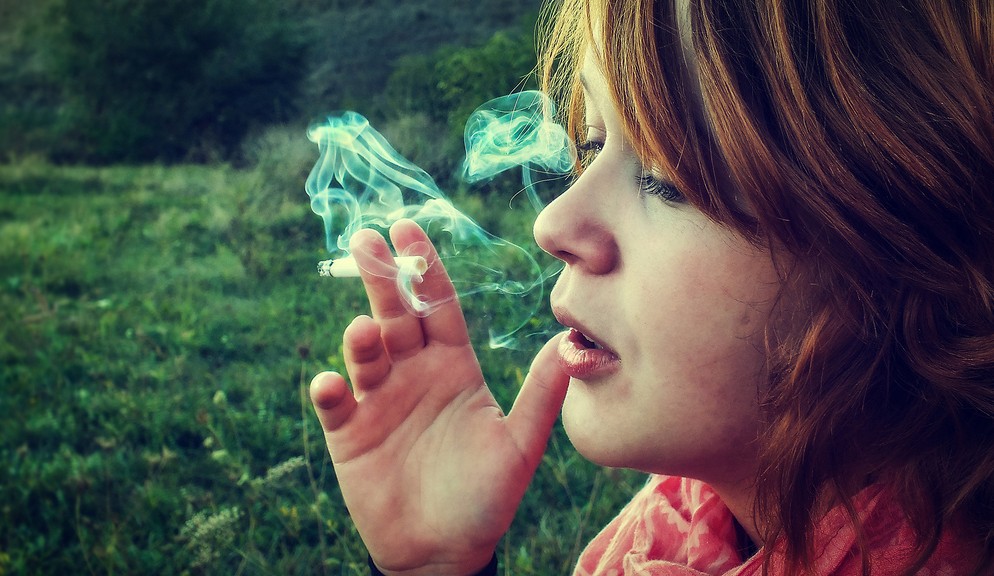
Smoking
Are you still smoking in this day and age? You already know that it's bad news. Fifty percent of life-long smokers will die from a cause related to the addiction, but smoking is also bad for your beauty. You knew that smoking causes premature aging and wrinkles, but were you also aware that a nicotine habit can increase your odds of developing cellulite? While this may not be the most compelling cause to quit cigarettes (that would be lung cancer), it is most definitely yet another reason to give up. Are you brave enough to quit your addiction? Your body will thank you for it.
- Important notification about information and brand names used in this slideshow!
- Photo courtesy of János Csongor Kerekes by Flickr : www.flickr.com/photos/kjcs/11340443025/
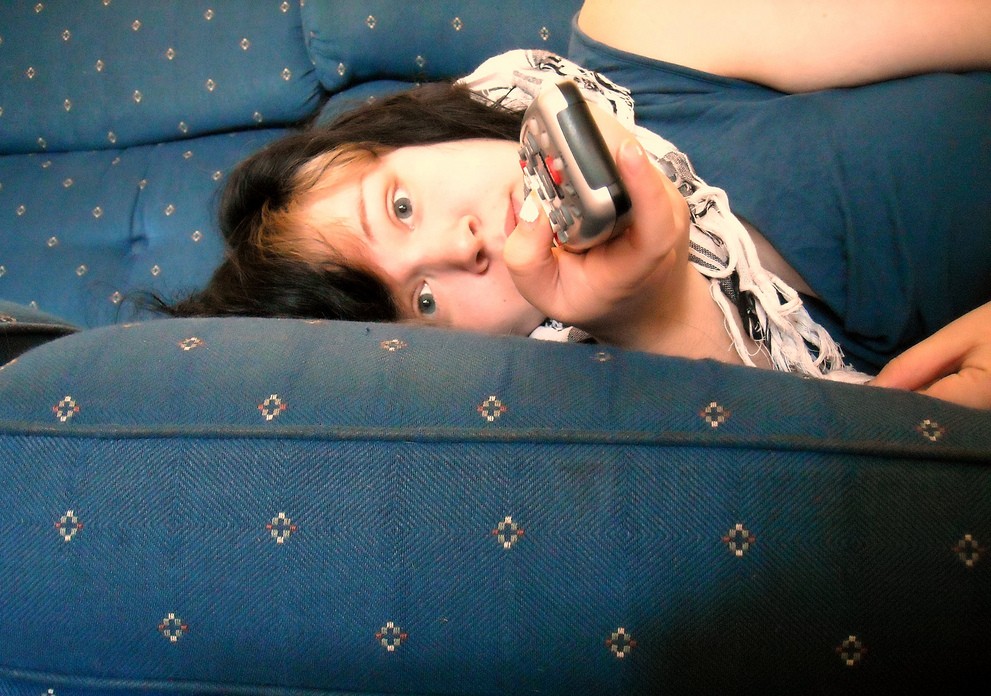
Physical Inactivity
A sedentary lifestyle is bad news for your whole body, and it can also contribute to the development of that nasty orange peel skin. Even sitting or standing in the same position for a long time is risky — that's you if you have an office job! Make sure to exercise regularly. That means every week, three or more times. People who need to sit or stand for long times at work would benefit from taking regular breaks to do a little jogging or an office workout. SteadyHealth has some awesome videos for that!
- Important notification about information and brand names used in this slideshow!
- Photo courtesy of Keirsten Marie by Flickr : www.flickr.com/photos/starsalive/3994225376/
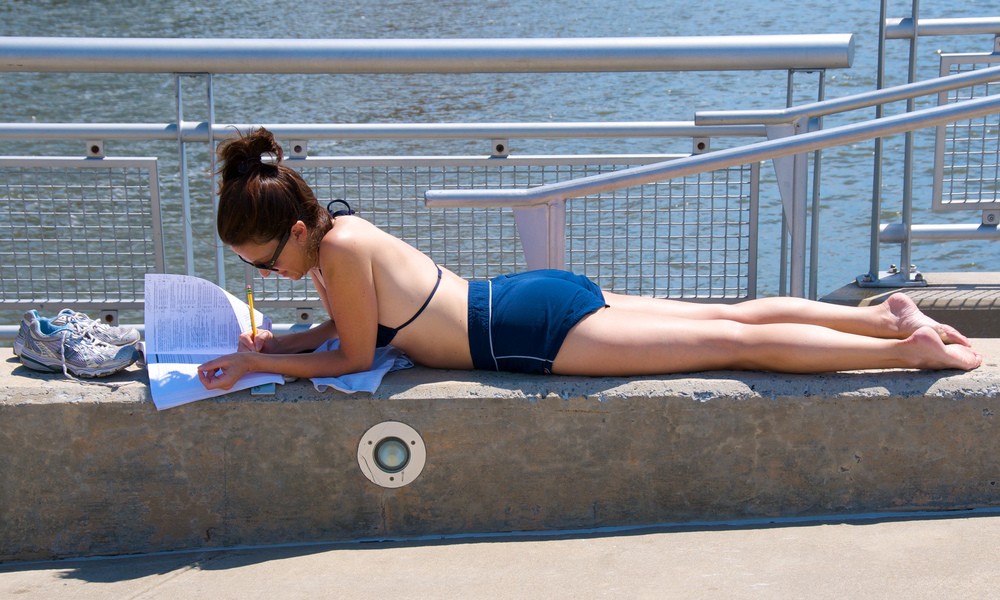
Race
You already know that genes play a role in the development of cellulite. Women are more prone to it than men are, and your race also matters when it comes to orange peel skin. So, who is most likely to get cellulite? Caucasians are most at risk of this problem, while Asians have the lowest risk of getting cellulite. Don't let this factoid fool you into thinking you're not going to get cellulite if you are not Caucasian though. Studies that included women from China, Japan, Thailand, Indonesia, Afghanistan, Egypt, the US and Canada and various central and south American countries show that people of all races get cellulite.
- Important notification about information and brand names used in this slideshow!
- Photo courtesy of Ed Yourdon by Flickr : www.flickr.com/photos/yourdon/3691555359/


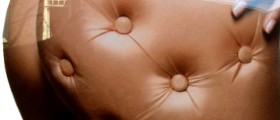
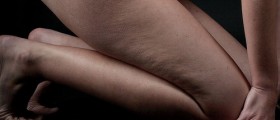
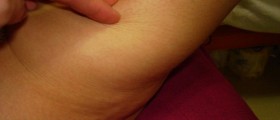





_f_280x120.jpg)
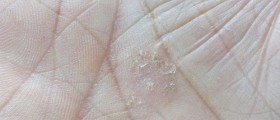
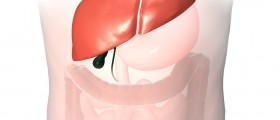



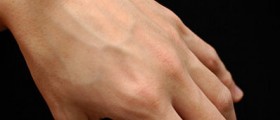

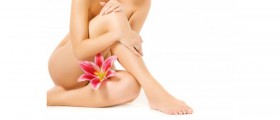
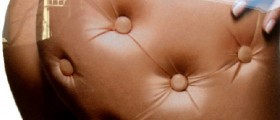
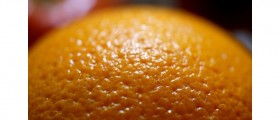


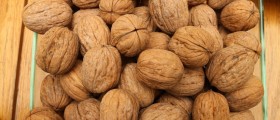


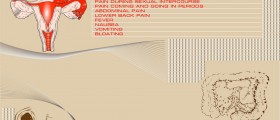
Your thoughts on this
Loading...